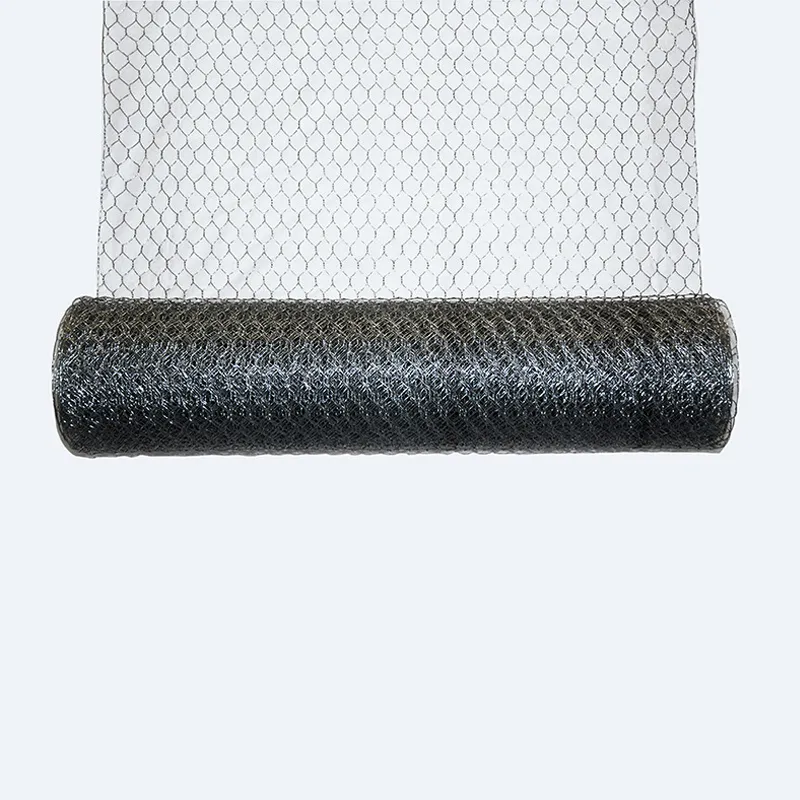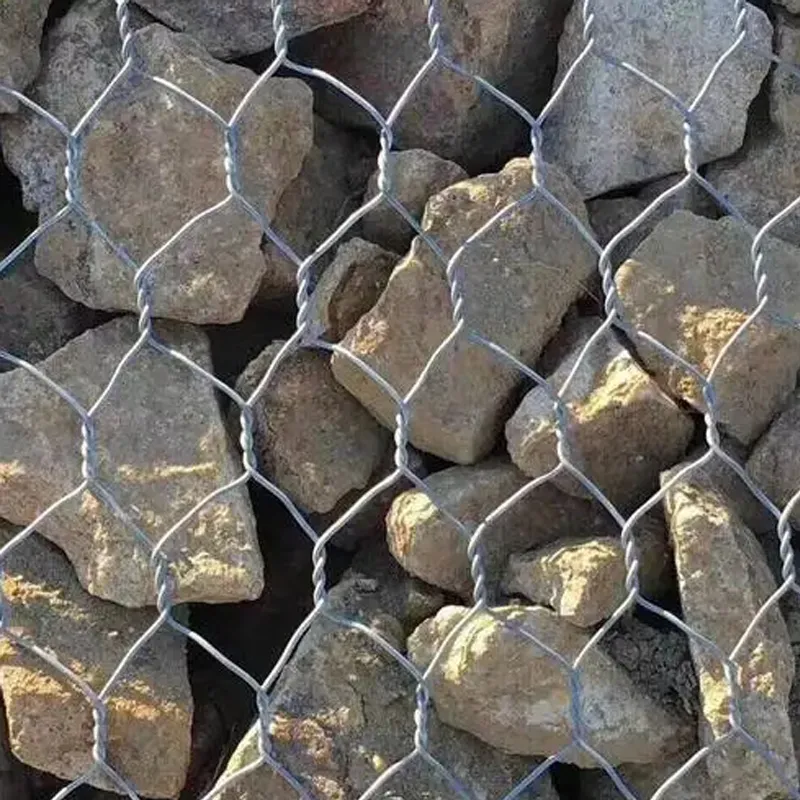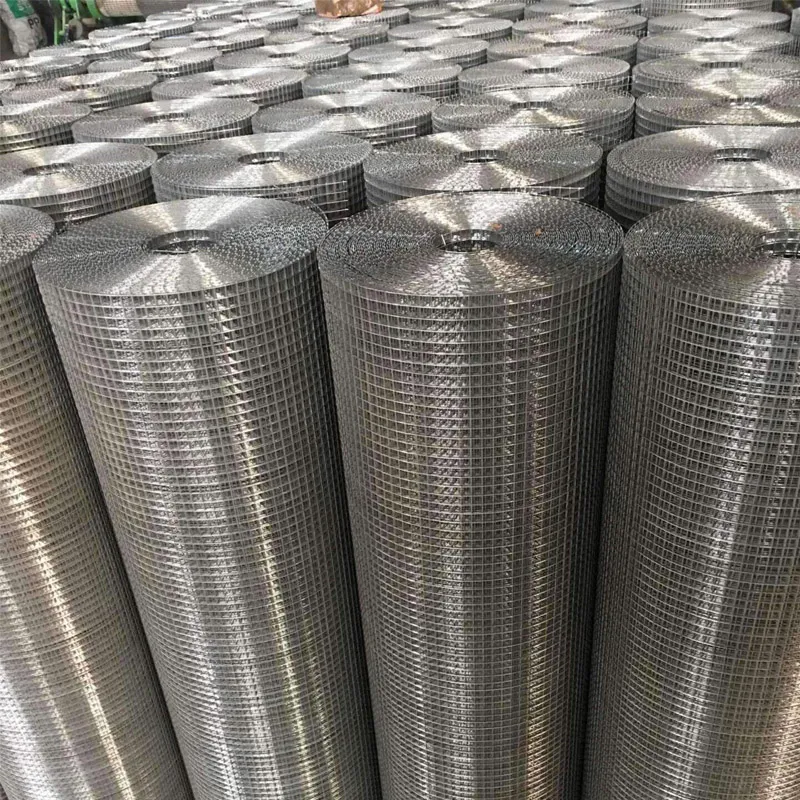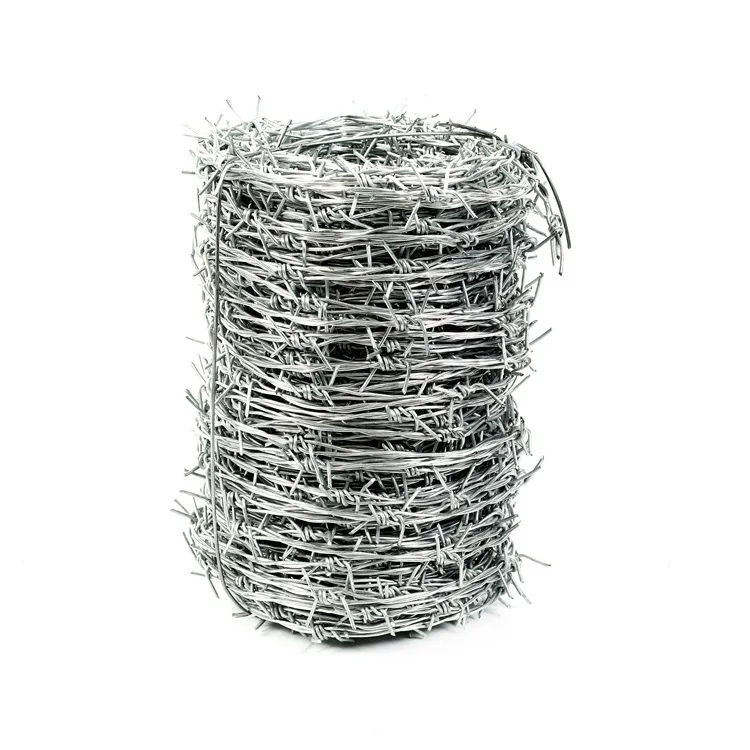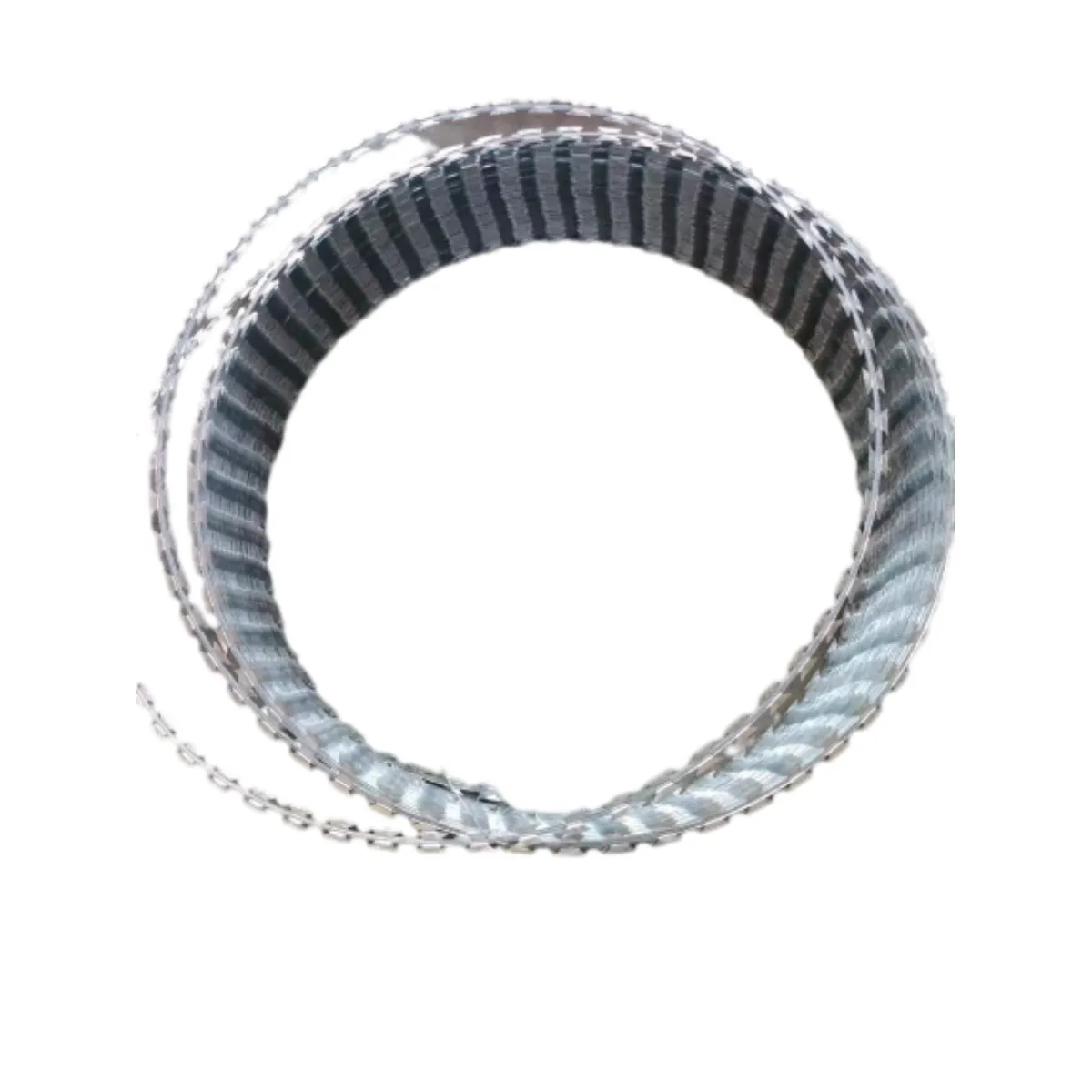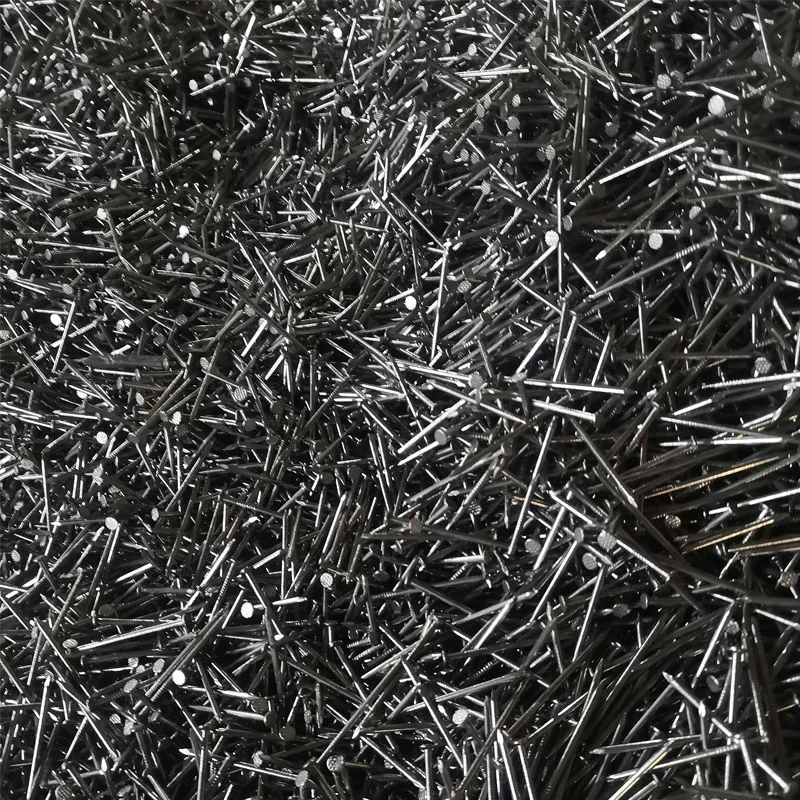Nov . 15, 2025 11:30 Back to list
Razor Wire on Fence: Durable, Cost-Effective Security Solutions for Global Applications
Understanding Razor Wire on Fence: A Global Security Staple
If you’ve ever passed by an industrial site, a border checkpoint, or even a prison, chances are you’ve seen razor wire on fence installations. But why is this gritty, twisted metal so widespread — and, frankly, why does it still matter in 2024? Globally, razor wire remains an essential security element, balancing cost and effectiveness to protect assets, people, and infrastructure. Knowing its design, applications, and future trends offers insight into global security practices and innovations that shape how we safeguard spaces worldwide.
Razor Wire on Fence in the Global Context
High-security fencing like razor wire has grown in prevalence, driven by rising concerns around border security, crime prevention, and critical infrastructure protection. According to United Nations trade reports, the global market for security fencing materials, including razor wire, is expected to grow at a compound annual growth rate of about 6.5% through 2028. This isn’t surprising when you consider increasing urbanization, cross-border tensions, and the need for secure industrial zones — especially in regions like the Middle East, Africa, and parts of Asia.
Yet, the challenge remains: how to provide maximum deterrence without blowing the budget or creating a hostile environment? That’s where razor wire on fence strikes a delicate balance.
Mini takeaway: Razor wire on fence remains globally crucial, reflecting security needs intersecting economics and geopolitics.
What Exactly Is Razor Wire on Fence?
Razor wire is a type of fencing material made from sharp-edged metal strips wound into coils. When attached to fences, it forms an intimidating barrier designed to prevent or delay intruders. The cutting edges are small yet deadly-serious deterrents. Unlike barbed wire, which has pointed barbs, razor wire’s blades actually slice through, intended more for stopping than just warning.
Its usage spans from military bases and prisons to humanitarian missions where protecting relief storage areas is critical. This kind of multi-functionality underscores its ongoing relevance in modern industry and humanitarian applications alike.
Core Components That Make Razor Wire on Fence So Effective
Durability
Constructed from galvanized or stainless steel, razor wire is engineered to withstand weather extremes, corrosion, and even tampering attempts. Harsh environments—say, deserts or coastal zones—don’t faze it easily.
Design & Material
The blades are typically made by stamping steel strips, creating razor sharp, angled edges. The wire is coiled tightly to form concertina or spiral shapes, which can be stacked or spread out for different levels of security.
Cost Efficiency
Compared to high-tech surveillance or chatty security personnel, razor wire is relatively cheap and easy to install. Though it requires labor and regular checks, its upfront and maintenance costs are modest — crucial for large-scale projects.
Scalability
Whether you need a few hundred meters around a remote landfill or kilometers on a busy international border, razor wire’s modular coil design allows for easy scaling and customization.
Visibility & Psychological Impact
Oddly enough, part of razor wire’s deterrence is purely psychological: its sharp silhouette sends an immediate “stay away” message. For many would-be intruders, the risk just isn’t worth it.
Mini takeaway: The strength of razor wire on fences boils down to smart material choices, flexible design, and cost-aware construction.
Where Is Razor Wire on Fence Used Around The World?
This fencing solution pops up in some of the most varied and sensitive areas:
- Border Security: Countries like the U.S., India, and Poland rely heavily on razor wire for border fence extensions, helping control illegal crossings in challenging terrain.
- Industrial Zones: Remote mining sites in South Africa and Australia often use razor wire to secure heavy machinery and prevent unauthorized entry.
- Humanitarian Settings: Refugee camps across the Middle East occasionally employ razor wire to protect aid depots, balancing security with respect for vulnerable populations.
- Correctional Facilities: Prisons globally deploy razor wire to reinforce perimeter security and reduce escape attempts.
In short, razor wire on fence isn’t just an unpleasant barrier; it’s a practical tool shaping real-world security operations from Karachi to Kansas.
Advantages and Long-Term Value of Razor Wire on Fence
Why do so many organizations continue to specify razor wire?
- Cost-effective Safety: A small investment in razor wire can prevent costly theft, property damage, or tragic security breaches.
- Durability Equals Reliability: Designed to last years with minimal maintenance, it’s a dependable asset in hardened environments.
- Social Impact: By securing sensitive facilities, it indirectly supports social stability and reduces crime, enhancing local communities’ quality of life.
- Innovation Friendly: The system integrates well with cameras, sensors, and lighting, paving the way for smart fence solutions.
There’s also an emotional factor — peace of mind for stakeholders counting on physical barriers to keep things safe.
Product Specification Table: Typical Razor Wire on Fence
| Specification | Details |
|---|---|
| Material | Galvanized steel / Stainless steel |
| Blade Length | 25-30 mm |
| Coil Diameter | 450–700 mm |
| Wire Gauge | 10–12 gauge (2.5–3 mm) |
| Coating | Zinc galvanized (≥60 g/m²), PVC options |
| Typical Use Temperature | -40°C to +60°C |
Emerging Trends and Innovations in Razor Wire Security
Not everything about razor wire is stuck in old-school metal monotony. Innovations are beginning to reshape its role:
- Sustainable Materials: Some manufacturers experiment with recycled metals and eco-friendlier coatings to reduce environmental impact.
- Integration With Technology: Piezoelectric sensors embedded in coils detect movement or cutting attempts, linking directly to control rooms.
- Improved Installation Methods: Modular coil designs and quick-release systems speed deployment, especially in emergency zones.
- Urban Design Adaptations: Combining razor wire with aesthetically conscious fencing for urban areas minimizes the fortress vibe while maintaining security.
It’s kind of reassuring to see tradition and tech mash up — think of it as razor wire getting a 21st-century reboot.
Comparing Popular Razor Wire Vendors
| Feature | Yizshe Wire Mesh | Global Wire Inc. | SecureFencing Ltd. |
|---|---|---|---|
| Material | Galv. / Stainless steel | Galvanized steel | Stainless steel only |
| Coating Options | Zinc + PVC | Zinc only | PVC and powder coat |
| Customization | High – blades, coil sizes | Medium – coil diameter | Low |
| Delivery Lead Time | 2–3 weeks | 4–6 weeks | 3–4 weeks |
| Approximate Cost | $$ | $ | $$$ |
Challenges & Solutions in Using Razor Wire on Fence
No security measure is perfect. Razor wire comes with its share of concerns:
- Potential Injury Risk: While effective, razor wire can cause serious injury, raising ethical questions especially near civilian zones.
- Maintenance Needs: Over time, exposure leads to rust (especially in coastal environments), requiring inspection and replacement.
- Vandalism & Circumvention: Despite deterrents, determined trespassers sometimes use tools to breach wire fences.
Experts recommend combining razor wire with electronic surveillance and regular patrols to mitigate these risks effectively. Community consultation processes can also help balance security with human concerns, especially in residential or humanitarian contexts.
FAQ: Frequently Asked Questions About Razor Wire on Fence
- Is razor wire on fence legal for residential use?
- In many areas, razor wire is restricted or banned for residential fencing due to injury risks and aesthetic concerns. Always check local regulations before installation.
- How long does razor wire typically last outdoors?
- With proper galvanized or stainless steel material and coating, razor wire can last 10+ years under normal weather conditions, though coastal areas may require more frequent maintenance.
- Can razor wire be customized for different security levels?
- Yes, blade size, coil diameter, and wire gauge can be adjusted to increase or reduce deterrence according to site needs and budget.
- How do I maintain razor wire to prevent rust?
- Regular visual inspections, cleaning, and timely replacement of damaged sections help maintain integrity. Using PVC-coated variants increases lifespan, especially in humid environments.
Wrapping Up: Why Razor Wire on Fence Still Matters
At the end of the day, razor wire on fence is a pragmatic, flexible solution that's likely to remain integral to security worldwide. It neatly balances cost, performance, and adaptability – from high-stakes border management to humanitarian aid protection. As new materials and tech come into play, it feels like the story of this twisted wire is far from over.
Interested in equipping your perimeter with reliable razor wire? Check out razor wire on fence options and expertise over at Yizshe Wire Mesh.
Mini takeaway: Razor wire stays relevant by evolving with security challenges while keeping its core strength intact.
References
-
Pre Cut Wire - Straightened, Deburred, Custom Lengths
NewsNov.17,2025
-
Binding Wire for Sale - Durable, Rust-Resistant, Bulk Deals
NewsNov.17,2025
-
Field Fencing for Horses – Safe, Durable, Easy Install
NewsNov.17,2025
-
Euro Fence Factory: Durable, Custom Euro Style Fences
NewsNov.17,2025
-
Euro Fence Factory: Durable OEM Panels, Direct Pricing
NewsNov.17,2025
-
Chain Link Fence Suppliers | Galvanized, Factory-Direct
NewsNov.11,2025


